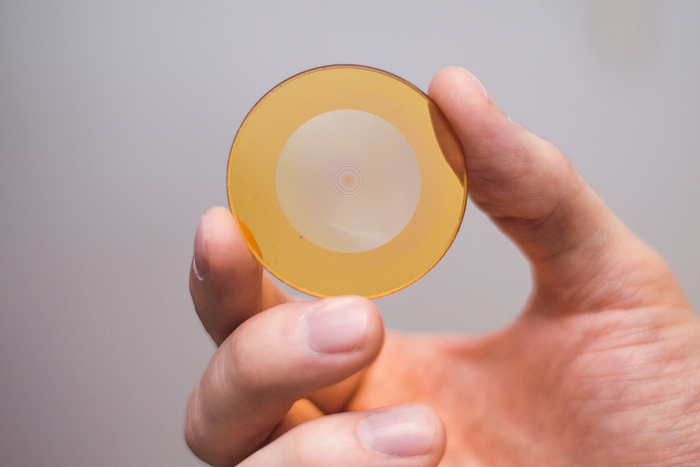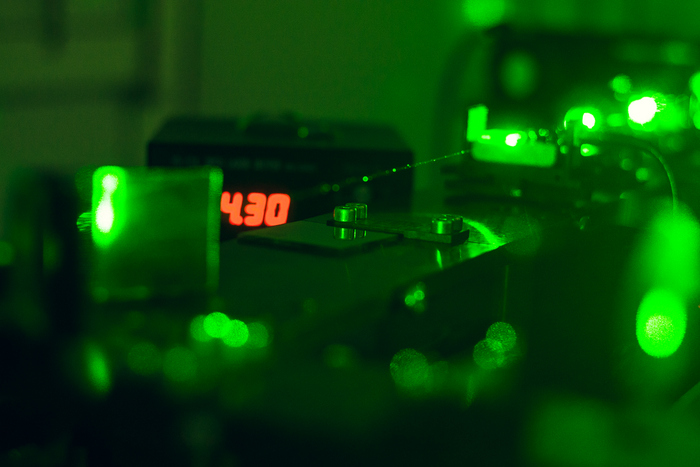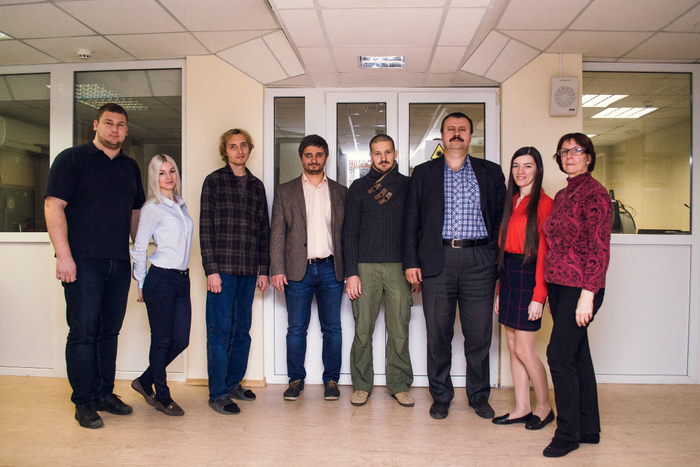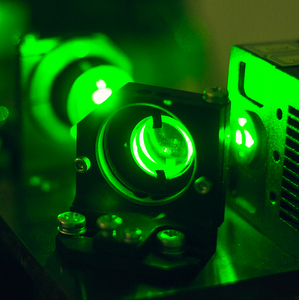The scholars of Samara University presented the first in the world superlight diffractive lens at the largest technological conference in Europe – WebSummit 2017 – being held in Lisbon these days. One optical element weighing only 5 gr replaces a complex and massive system of lenses and mirrors similar to the one that is used in diffractive lenses with focal distance of 300 mm and weight of 500 gr.
Modern lenses need a big number of optical elements (12 and more) for the compensation of image distortions that take place due to optical aberrations. In fact the scholars of Samara University use one diffractive structure instead of them.


“The technology of diffractive lenses production is partially comparable to the production of CDs, - Artem Nikonorov, Professor of the Department of Supercomputers and General Informatics, head of the project, explains. – A photosensitive substance – resist – is put on the surface of a silica glass. Its thickness is 7 microns (for comparison, the thickness of a human hair is 40-90 microns). With the help of a laser beam a 256-level relief is drawn on the resist. An ‘approximation’ of an object happens with its help, and the compensation of distortions is provided by the digital processing of images on the basis of extremely-precise neuron networks”.


The characteristics of the lens got by the scholars of Samara University are attractive for the spheres where there is a constant struggle for the reduction of the weight and dimensions of the optics. First of all, these are compact systems of Earth remote sensing set on small-sized spacecraft, i.e. UAVs, atmospheric sounders and nanosatellites. The range of orbits of the enumerated vehicles varies from 20 km to 500 km, herewith the weight of optics lifted by them cannot exceed 100 gr.
Currently the quality of images got with the help of diffractive optical elements created in the laboratories of Samara University reached the threshold necessary for the introduction of products to the market. Optical systems for nanosatellites presented at the market can provide resolution of Earth surface survey in 40 meters. The technology suggested by Samara University can provide resolution in 18 meters even now. In the nearest time this index can be improved to 10 meters.


The diffractive lenses can also be claimed in the video surveillance and safety systems, special technology for work in extreme conditions as well as mobile monitoring systems of city space and systems of smart urban planning.
For reference
Samara University is one of the world leaders in the sphere of research of diffractive optical elements and image processing. Diffractive imaging lens created by the university scholars is one of the results of 30 years of work of the school of informative optics and photonics headed by the Academician of RAS, President of Samara University, Viktor Soyfer.
The first article of the Samara University scholars confirming the opportunity of use of diffractive optics in image systems appeared in May 2015 as a result of the largest world conference on image processing, i.e. IEEE Computer Vision and Pattern Recognition. In November 2015 the joint work of Toronto University and King Abdullah University of Science and Technology (KAUST) in Saudi Arabia appeared about the similar development with reference to the work of Samara University. Nobody in the world has ever before tried to use the diffractive optics for receiving colour images of high resolution.
The production process of one lens takes about half an hour. Currently 150-200 diffractive lenses of different configurations are produced, but Samara University has enough capacity to produce thousands of similar items monthly.
 RU
RU  EN
EN  CN
CN  ES
ES 